We are reaching the end of the year. My column is about the practice of law, so why don’t I take you through quick tour of where the end of 2015 brought me?
Much movement on measuring
Once, not all that long ago, the very idea of asking users of the justice system how they experienced its performance was considered daft. I still have workshops every now and then in which judges and ministry officials hint that asking the customers and making their views public could infringe judicial independence or the democratic process. Measuring justice has not been mainstreamed on 20 December 2020, but the idea is catching on. 2015 saw a very interesting evaluation of the Independent Commission on Aid Impact of the UK, which was quite critical of the efforts of security and justice development aid by DFID. It strongly recommended more measuring. Knowing DFID, they will do this. In March of this year, the EU launched its Justice Scoreboard, which measures, amongst other things, the quality of justice systems. Another measuring highlight was the launch of the 2015 Rule of Law Index of the World Justice Project which provides what is probably the world’s most comprehensive insights about how people experience rule of law based on 100.000 household and 2400 experts surveys.
HiiL Innovating Justice added two new justice needs and satisfaction reports in 2015: one on separation and the other on labour disputes in The Netherlands. New surveys were started in Uganda, Ukraine, and the UAE. We also have a lot of measuring pleasure to look forward to. In my August column I asked your attention for the Sustainable Development Goalsadopted in September this year Goal 16 is of particular interest for justice and rule of law people: “Promote peaceful and inclusive societies for sustainable development, provide access to justice for all and build effective, accountable and inclusive institutions at all levels”. That goal is further elaborated upon by 10 targets, which include promoting rule of law, access to justice, and representative and accountable institutions. In the President’s Summary on implementation of the SDG’s it is clearly stated that “data collection and analysis would be critical for implementation.”
Increased interest in innovation
Justice and innovation are still seen by most people as two things that don’t go together and that should be walled off. 2015 created some cracks in the wall. In February I spoke at the very inspiring Government Summit in Abu Dhabi (see my column of 15 March). It was amazing that ‘justice innovation’ was a topic (albeit small) at this summit and equally amazing that so much legal infrastructure is simply assumed in relation to innovations in government. Data for better services to citizens, driverless cars, robots for healthcare, artificial intelligence for policy enhancement, are all things that are assumed with little thought about what will need in terms of laws, institutions, and shaping rule of law. In July a conference on legal futures was held in Singapore in which it was also concluded that a number of societal and economic trends make business as usual in the justice sector untenable. Innovation will be needed. Stanford held its CodeX Futurelaw Conference. The American Bar Association had a big conference on the future of legal services. The Global Agenda Council on Justice of the World Economic Forum made innovation in the justice sector a core pillar of its international work programme. In June the Council co-organised the Innovating Justice Summit, bringing together many stakeholders to put justice innovation on the international agenda. One of its outcomes was the Innovating Justice pledge. The Civil Justice Council of the UK, though a commission chaired by Richard Susskind, published an excellent report on online dispute resolution in civil justice, pointing towards where innovation should happen.
HiiL’s Innovating Justice Accelerator ran a justice innovation challenge in Africa on Small Medium Enterprises, together with the Ford Foundation. It led to a fantastic Justice Boost Camp in Lagos where the winning teams from East and West Africa battled it out for a place in the finals at the Innovating Justice Forum in The Hague. There was also a special Latin America Justice Innovation Challenge held by Desarrollando América Latina. Over 200 guests attended this year’s Innovating Justice Forum to meet and interact with justice innovators from all over the world and listen to inspirational justice leaders such as Tharcisse Karugarama, Former Minister of Justice and Attorney General of Rwanda, H.E. Abdulla A.J. Al-Majid, Assistant Undersecretary at the Ministry of Justice of the United Arab Emirates, and Eddie Hartman of Legal Zoom. ‘Legal, Simplified’, is the slogan that made DIYLaw from Nigeria the winner of the SME Empowerment Innovation Challenge for East & West Africa, and receiver of a direct investment of $40,000 by the Ford Foundation. Gerald Abila and Michael Kwizera from mSME Garage came in a close second and will receive $20,000. Timothy Mwirabua’s ShopOfficer will receive $10,000. The police reporting app Five-0 receives €20,000 plus further support from HiiL. All innovations will receive further support to accelerate their impact. All this shows that whether institutions join or wait, justice innovation is starting to happen.
Relaxing rule of law
Measuring justice makes justice innovation easier and more effective. By more empirically knowing what justice customers need and by understanding what works and what does not one can work more effective towards the change and innovation that is needed and possible to make justice systems better. Justice innovation is starting to become something one can do. That’s the good news. But there is also less good news. 2015 was also the year of ISIS and a spate of killings in Beirut and Paris. Terrorism continues to demand policies to prevent attacks leading to challenging questions about rule of law. Populism seems to be on the rise in many of the democracies that proclaim rule of law as a foundation. And many technical innovations that are emerging will also ask of us that we have a real conversation in 2016 about shaping rule of law in the changing environment of today. I don’t really see that conversation happening. At best, I see polarization in which rule of law quickly becomes a conversation killer with rule of law fundamentalists who don’t want to change anything on one hand and those that are ready to easily discard some of its key tenets in face of threats or opportunities.
“I arrested the president who appointed me”, is the most poignant rule of law sentence I heard in 2015. It came from Thelma Aldana, the Attorney-General of Guatemala, and Chief Justice Willy Mutunga and I were meeting with her as part of a mission of the Justice Leadership group. “My oath was to the people and the state, not to the president as a person.” We heard rule of law brought down to an essence of two things. Firstly, the principle that the law rules over everyone, and immediately thereafter the lonely moment in which a person must decide whether he or she will allow that law to rule or not. Thelma Aldana had clearly decided when she ordered the arrest of President Otto Perez Molina and Vice-President, Roxana Baldetti after a massive corruption scandal. She shaped rule of law with the order she signed. It can’t have been easy. She inspired me tremendously with what she shared. I will take our conversation with me into 2016 and, with it, try my best to continue to contribute to shaping rule of law and developing effective justice delivery for all. I hope you will join. There is much to be vigilant about. Best wishes for 2016!

